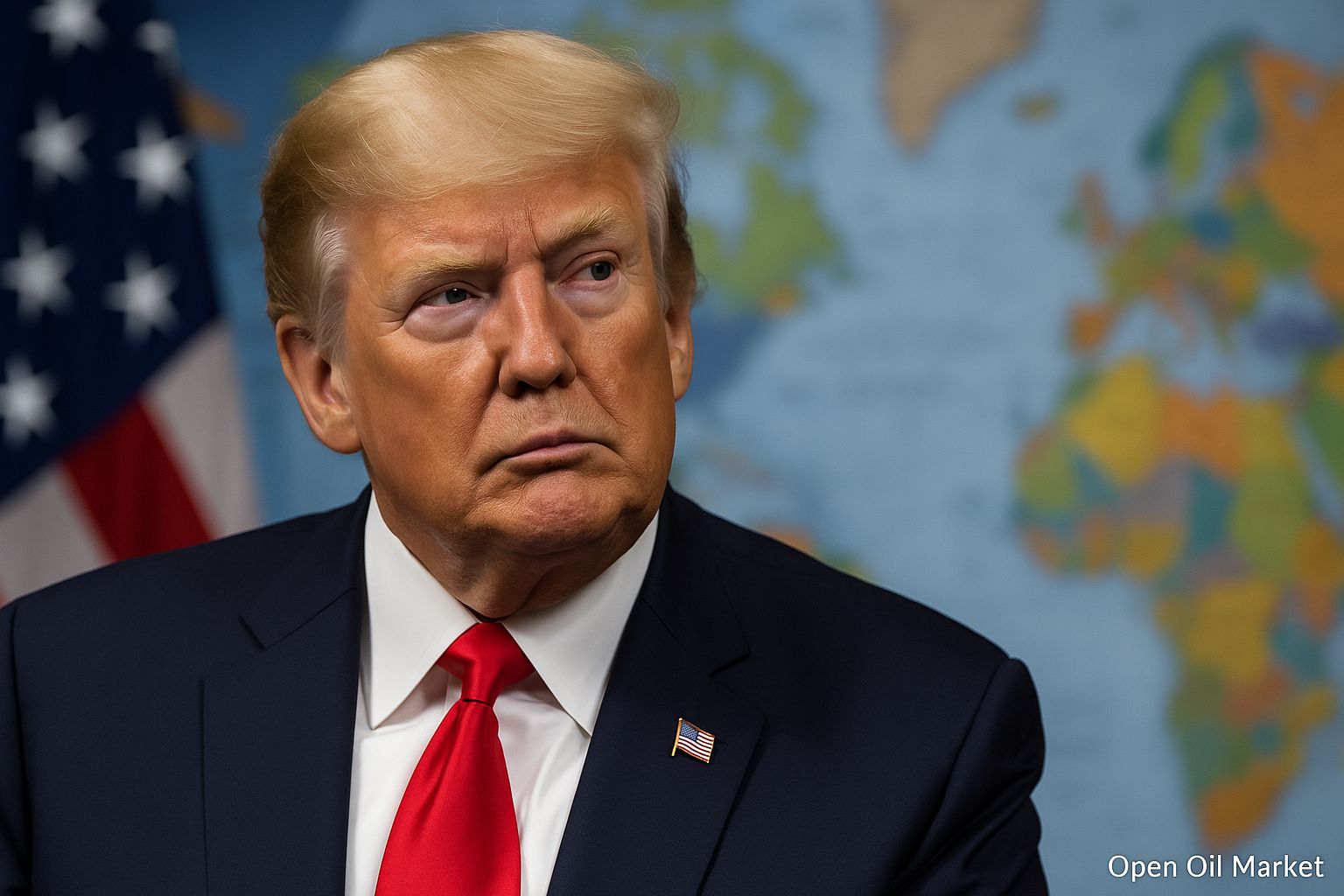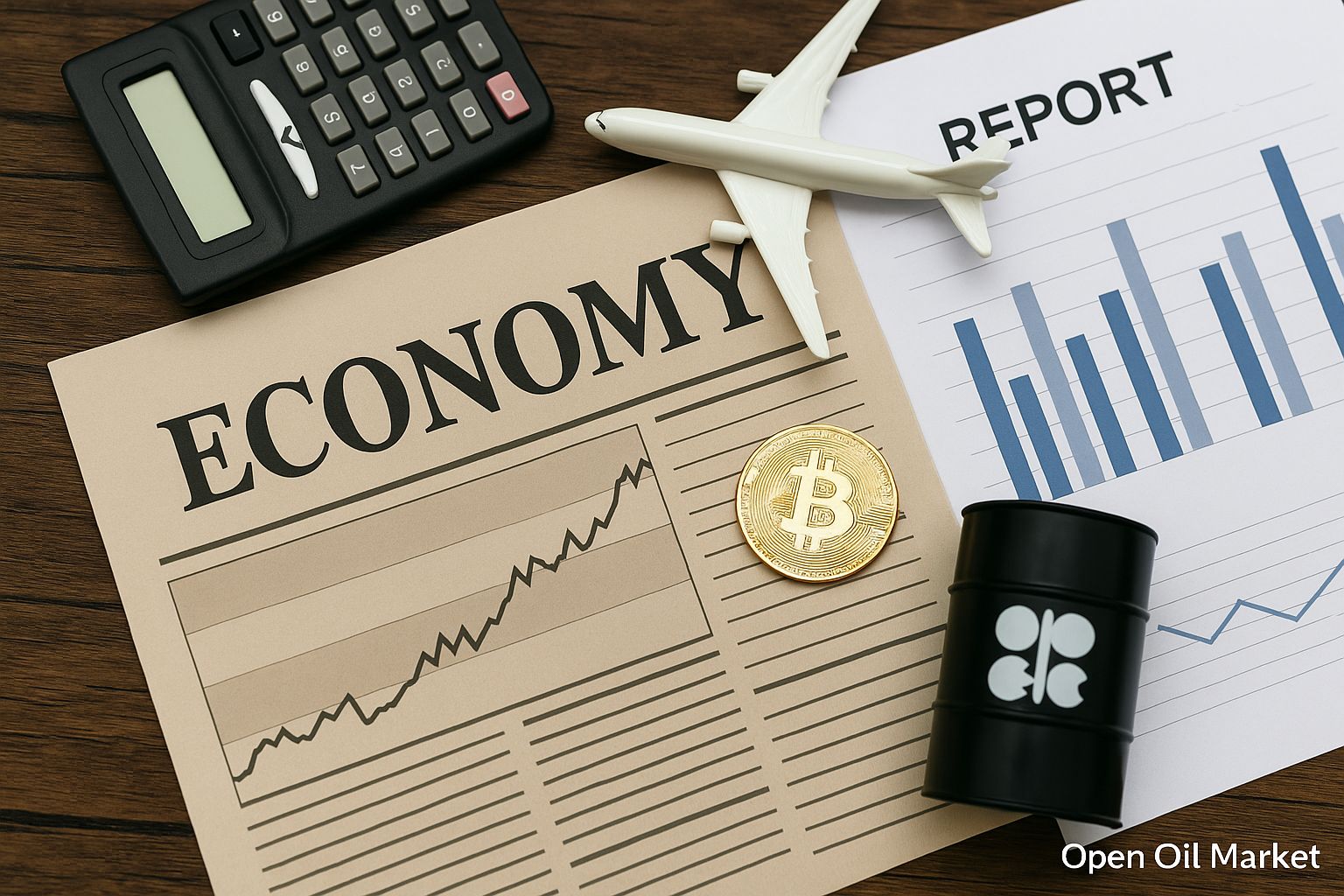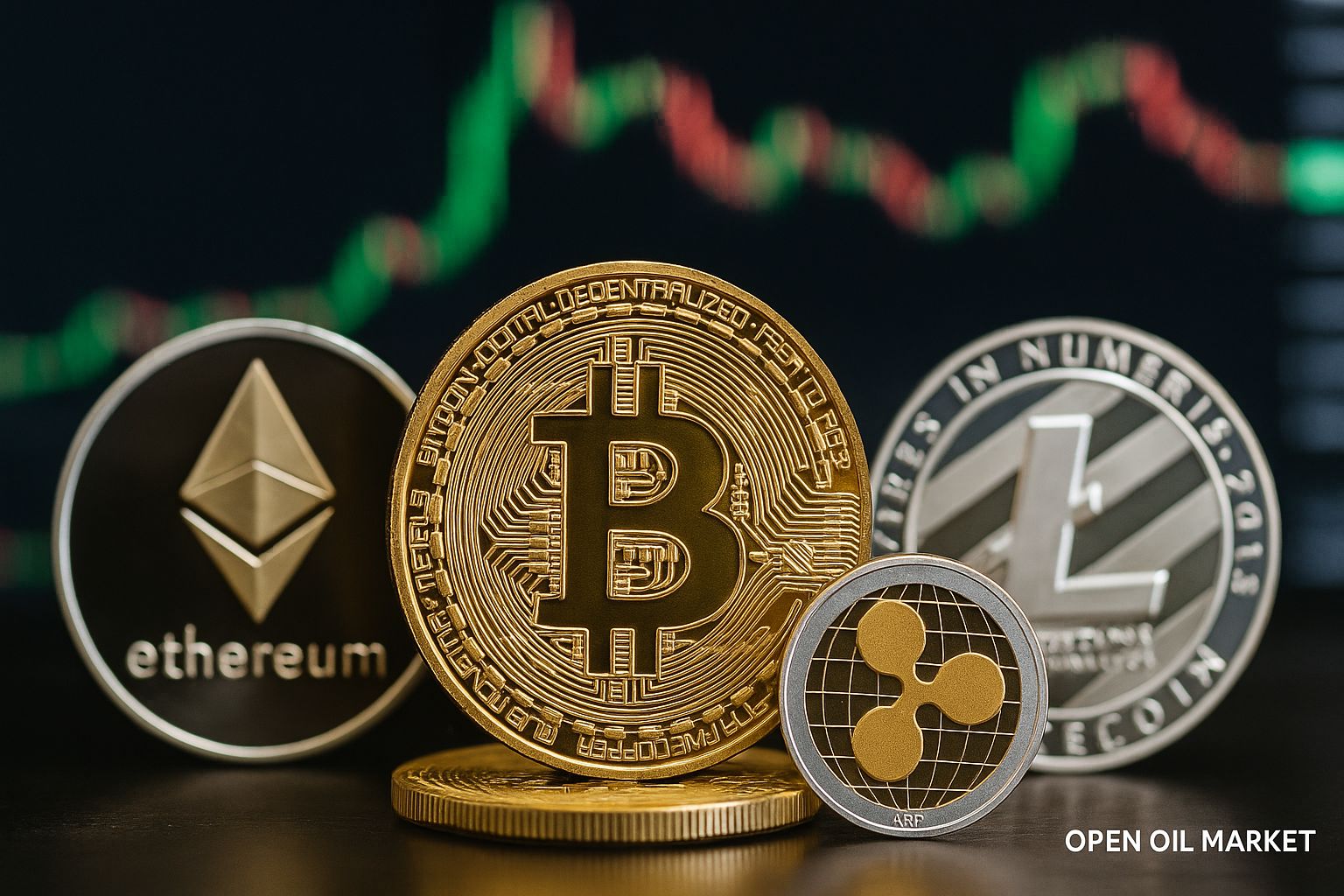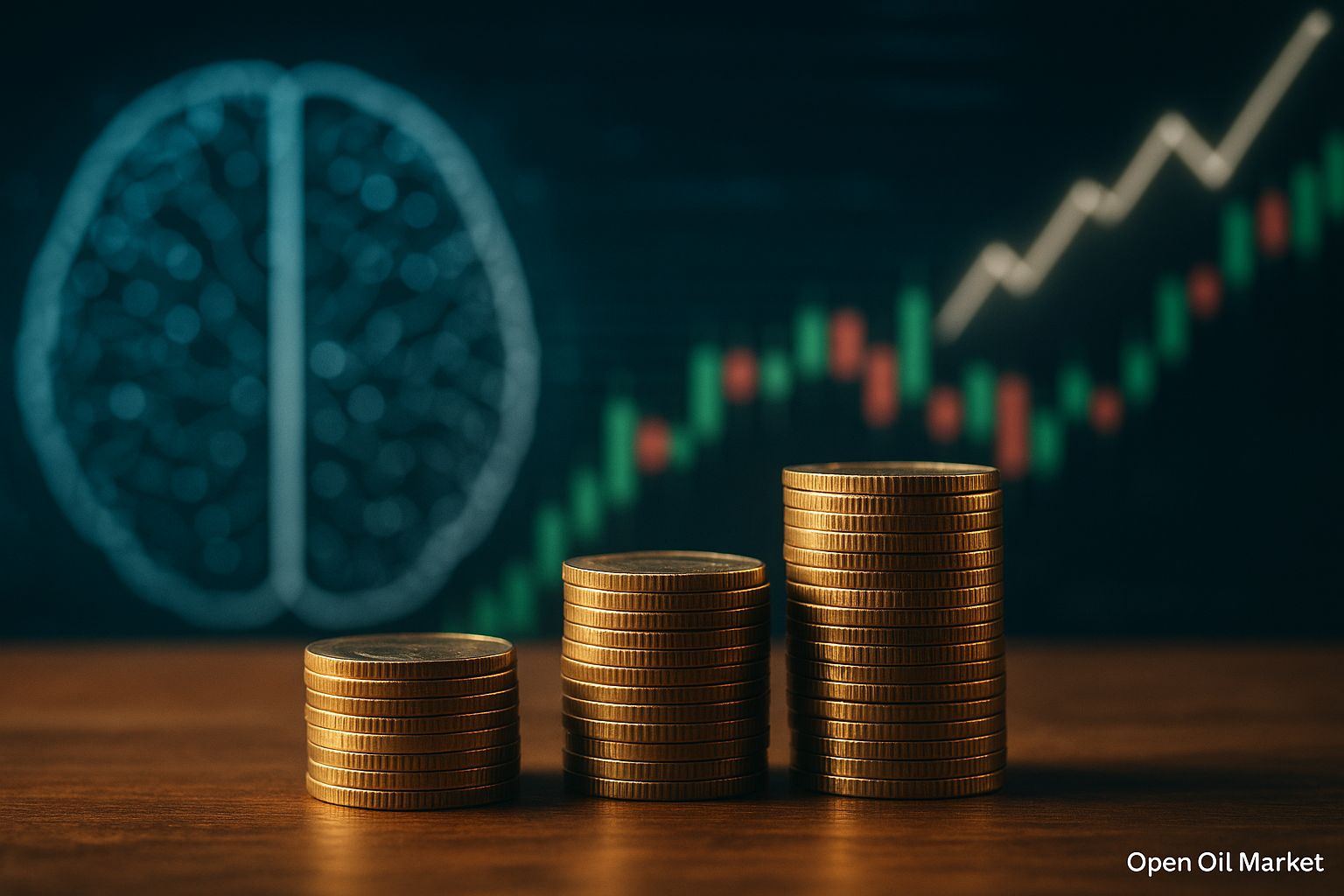
Trump's New Tariffs: Impact on the Global Economy and Prospects for Investors
The Donald Trump administration has once again stirred global markets by announcing the implementation of new increased tariffs on imports from several countries, including Switzerland, Canada, South Africa, and Taiwan. Investors and analysts are closely monitoring the repercussions of this move, which could significantly affect trade flows and company profitability.
Which Countries are Affected by the New Tariffs?
The new trade restrictions pertain to imports from 16 countries, with tariff rates ranging from 15% to 40%:
- Laos – 40%
- Myanmar – 40%
- Switzerland – 39%
- Canada – 35%
- South Africa – 30%
- Taiwan – 20%
- Sri Lanka – 20%
- Vietnam – 20%
- Cambodia – 19%
- Indonesia – 19%
- Malaysia – 19%
- New Zealand – 15%
- Turkey – 15%
- South Korea – 15%
- Venezuela – 15%
- Israel – 15%
Objectives of the Tariffs
The decision by the U.S. administration aims to:
- Protect American manufacturers from foreign competition
- Reduce the U.S. trade deficit
- Apply political pressure on partner countries
However, such an approach carries the risk of retaliatory measures that could negatively impact global trade.
Economic Consequences of New Restrictions
The increased tariffs will affect the global market in several ways:
- Rise in commodity prices: Importers will be forced to offset the rise in tariffs by increasing the final cost of products.
- Deterioration of the investment climate: The uncertainty associated with trade wars reduces the attractiveness of countries for foreign investments.
- Decline in trade volumes: A general downturn in international trade will adversely affect the GDP of many countries.
Most Vulnerable Economic Sectors
The sectors most severely impacted by the new tariffs include:
- Automotive industry – particularly sensitive for Canada, South Korea, and Taiwan.
- Electronics and technology – the increased cost of components from Taiwan, South Korea, and Malaysia will adversely affect the global supply chain.
- Agricultural sector – significant consequences for importers from New Zealand, South Africa, and Canada.
Consequences for Russia and CIS Countries
Although Russia and CIS countries are not directly affected by the new tariffs, the consequences may manifest indirectly:
- Reorientation of goods flows may create new opportunities for Russian producers.
- The rise in international market prices will increase demand for alternative supply sources from Russia and the CIS.
- Opportunity to strengthen trade ties with countries adversely affected by the new U.S. tariffs.
Market Reactions
Markets have reacted divergently:
- Decline in stock prices of companies closely tied to exports to the U.S.
- Strengthening of assets viewed as safe havens by investors (gold, bonds, safe-haven currencies).
- Increased volatility in stock markets and currency trading.
How will Investment Strategies Change?
Investors should pay attention to:
- Safe assets: Gold and bonds from leading economies.
- Companies with minimal dependence on U.S. exports.
- Countries and sectors that could benefit from the redistribution of trade flows.
Potential Retaliatory Measures
In response to the new tariffs, several countries are already preparing countermeasures:
- Switzerland and Canada are considering mirror measures against U.S. goods.
- Taiwan and South Korea may tighten regulatory requirements on American companies.
- South Africa and New Zealand have expressed intentions to contest the decision at the WTO.
Short-Term Outlook
In the short term, it is expected that:
- Trade tensions will escalate.
- Market volatility will persist.
- The search for alternative markets and new trade alliances will continue.
In the long term, a partial redistribution of global trade may occur, opening new opportunities for investors willing to adapt to changes.
Conclusion and Recommendations for Investors
Trump's new tariffs represent another step in the trend toward protectionism. For investors, it is crucial to closely monitor the ongoing developments, diversify risks, and be prepared for changes in global trade. With the right strategy, investors can leverage the current uncertainty as an opportunity to strengthen their positions.





